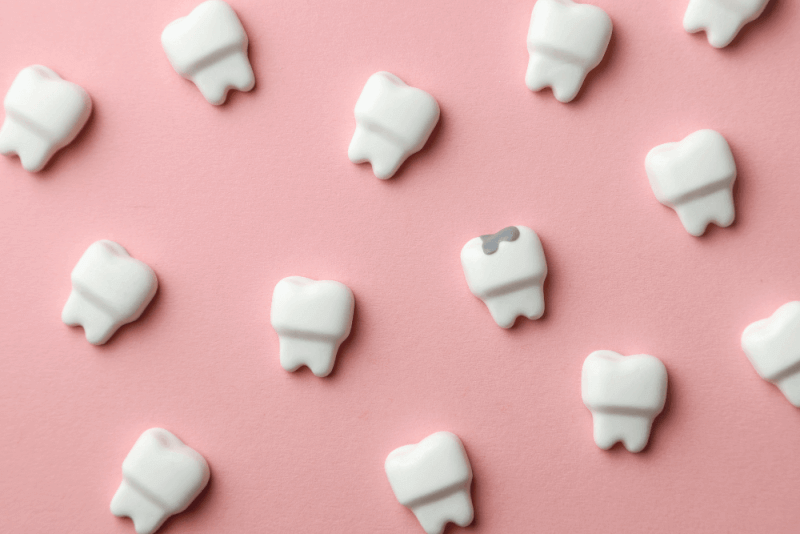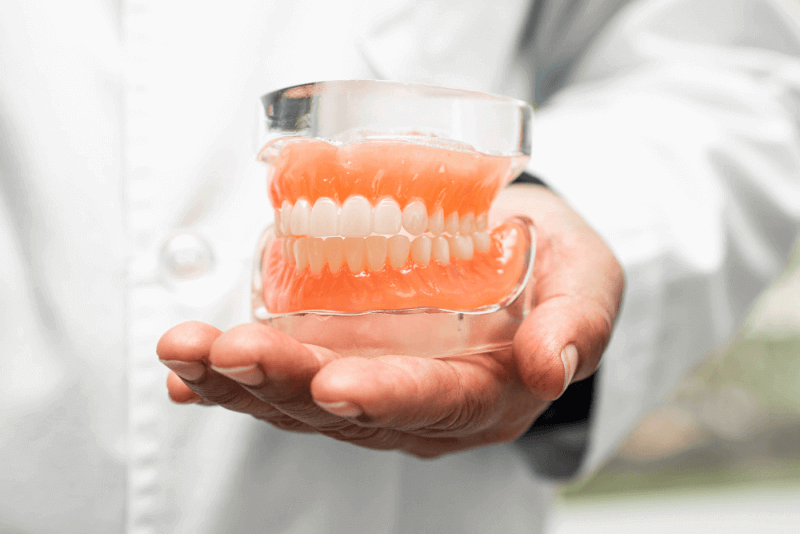30-Second Summary
- Dental fillings, a type of restorative dental treatment, are used to repair cavities and fix minor cracks and chips on the teeth.
- In general, the filling procedure takes between 30 to 60 minutes.
- After a dental filling, mild tooth sensitivity and gum pain may occur. The likelihood of complications requiring additional treatment is low.
- There are many different materials used for dental fillings. The choice of material depends on the location of the filling, the dentist's recommendation, and cost considerations.
What is a Dental Filling?
A dental filling, a type of restorative dental procedure, is used to repair cavities and fix minor cracks and chips in the teeth. It is also called a cavity filling.
Why is a Dental Filling Done?
The reasons for performing a dental filling include:
- Strengthening weakened teeth
- Cavity treatment
- Repairing cracks and chips in the teeth
- Improving the appearance of teeth
How is a Dental Filling Done?
The procedure for a dental filling may vary depending on the material used and the type of filling placed. In general, the steps are as follows:
- The tooth is numbed with local anesthesia.
- Damaged or decayed tissue in the tooth is removed using special tools.
- The cavity is filled with dental filling material.
- A curing light is used to harden the material (used only for composite resin fillings).
- Rough edges are polished and smoothed.
- The tooth's bite is checked.
How to Tell if a Dental Filling is Faulty?
Signs of a faulty dental filling may include:
- Pain after the filling
- Further decay of the tooth after the filling
- Tooth sensitivity
- Changes in tooth color
- Filling falling out or breaking
How Long Does a Dental Filling Procedure Take?
The duration of a dental filling procedure depends on the material used. In general, the procedure takes between 30 to 60 minutes.
Types of Dental Fillings
There are many different materials used for dental fillings. The choice of filling material depends on the location of the filling, the dentist's recommendation, and cost considerations.
Composite Fillings
Composite fillings, which resemble the color of natural teeth, are used especially for fillings on visible surfaces of the teeth. Composite fillings bond to the tooth structure micro-mechanically.
They are used not only for treating tooth decay but also for treating cracks and broken teeth. In some cases, composite fillings require less tooth structure to be removed compared to amalgam fillings.
One disadvantage of composite fillings is the lack of durability. They typically last for 10 to 15 years and are less durable than amalgam fillings, especially when applied to chewing teeth. Additionally, the treatment process takes about 20 minutes longer and may require more sessions.
Amalgam Fillings
Amalgam fillings are silver-colored and made from a mixture of tin, zinc, mercury, silver, and copper. These fillings are very durable and resistant to chewing forces. They are also less expensive than composite fillings.
However, amalgam fillings do not match the natural color of the tooth and require more tooth structure to be removed for cavity treatment. Another disadvantage is that they can cause surrounding teeth to turn grey. The expansion of amalgam fillings over time may also increase the risk of cracking the tooth. A significant drawback of amalgam fillings is the potential for allergic reactions to mercury.
Amalgam fillings may be risky for certain groups of people, including:
- Pregnant women
- Developing fetuses
- People planning to become pregnant within the year
- Nursing mothers
- Newborns
- Children under 6 years old
- People with neurological diseases such as Alzheimer's, multiple sclerosis, and Parkinson's disease
- People with impaired kidney function
- People with sensitivity or allergies to mercury
Porcelain Fillings
Porcelain fillings are one of the most durable types of fillings and are more resistant to staining compared to composite fillings. However, they are considerably more expensive.
Glass Ionomer Fillings
This filling material is made from acrylic and a specific type of glass. It is commonly used for fillings located below the gumline. The major advantage of these fillings is their ability to release fluoride, which helps prevent further tooth decay. However, glass ionomer fillings are weaker than composite fillings and more prone to breakage. They typically last for about 5 years and cost about the same as composite fillings.
Complications of Dental Fillings
Mild tooth sensitivity and gum pain may occur after a dental filling. The likelihood of complications requiring additional treatment is low. Some of the complications may include:
- Throbbing tooth pain
- Pain when biting
- Pain triggered by hot or cold stimuli







